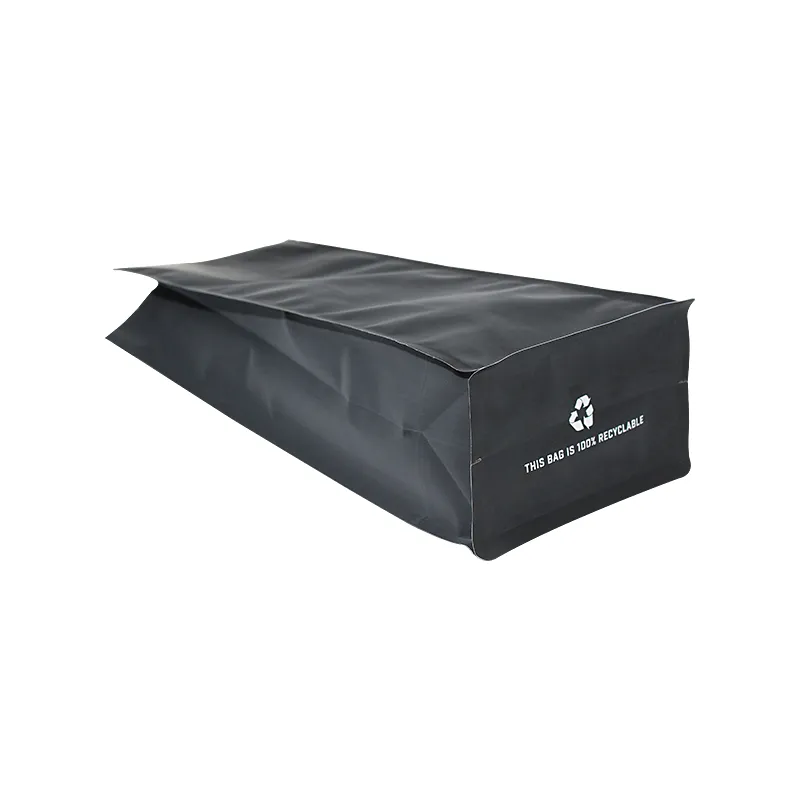- Afrikaans
- Albanian
- Amharic
- Arabic
- Armenian
- Azerbaijani
- Basque
- Belarusian
- Bengali
- Bosnian
- Bulgarian
- Catalan
- Cebuano
- chinese_simplified
- chinese_traditional
- Corsican
- Croatian
- Czech
- Danish
- Dutch
- English
- Esperanto
- Estonian
- Finnish
- French
- Frisian
- Galician
- Georgian
- German
- Greek
- Gujarati
- haitian_creole
- hausa
- hawaiian
- Hebrew
- Hindi
- Miao
- Hungarian
- Icelandic
- igbo
- Indonesian
- irish
- Italian
- Japanese
- Javanese
- Kannada
- kazakh
- Khmer
- Rwandese
- Korean
- Kurdish
- Kyrgyz
- Lao
- Latin
- Latvian
- Lithuanian
- Luxembourgish
- Macedonian
- Malgashi
- Malay
- Malayalam
- Maltese
- Maori
- Marathi
- Mongolian
- Myanmar
- Nepali
- Norwegian
- Norwegian
- Occitan
- Pashto
- Persian
- Polish
- Portuguese
- Punjabi
- Romanian
- Russian
- Samoan
- scottish-gaelic
- Serbian
- Sesotho
- Shona
- Sindhi
- Sinhala
- Slovak
- Slovenian
- Somali
- Spanish
- Sundanese
- Swahili
- Swedish
- Tagalog
- Tajik
- Tamil
- Tatar
- Telugu
- Thai
- Turkish
- Turkmen
- Ukrainian
- Urdu
- Uighur
- Uzbek
- Vietnamese
- Welsh
- Bantu
- Yiddish
- Yoruba
- Zulu
Understanding the Functionality of a Vacuum Sealing Machine in Food Preservation
How Does a Vacuum Sealer Work?
Vacuum sealing is a method that has gained popularity for preserving food and extending its shelf life. The process involves removing air from a bag or container and then sealing it to create an airtight environment. This not only keeps food fresh but also prevents spoilage, freezer burn, and the growth of harmful bacteria. Let’s delve into how a vacuum sealer works and why it’s an essential tool in modern kitchens.
The Mechanics of Vacuum Sealing
At its core, a vacuum sealer operates through a straightforward combination of technology and physics. The device uses a pump to remove air from a specially designed bag or container. Here is a breakdown of the process
1. Preparation First, food items are placed inside a vacuum sealer bag, which is typically made from heavy-duty plastic that can withstand changes in pressure and temperature. It is important not to overfill the bag, as leaving enough space is essential for the sealing process.
2. Vacuuming Once the bag is properly filled and positioned in the vacuum sealer, the user initiates the vacuum function. The device’s pump starts to work, drawing air out of the bag. As the air is removed, the pressure inside the bag decreases, creating a vacuum. Since most bacteria and oxidation processes require oxygen to develop, eliminating air significantly slows down spoilage.
3. Sealing After the air has been removed, the vacuum sealer heats and seals the opening of the bag. This is done using a heating element that melts the edges of the bag together, creating a strong, airtight seal. Some vacuum sealers come with the option for multiple seals to ensure a robust closure.
4. Cooling After sealing, the heating element cools down, solidifying the seal and ensuring that no air can re-enter the bag. This completes the vacuum sealing process, leaving the food stored in a protected environment.
Benefits of Vacuum Sealing
how does a vacuum sealer work

Vacuum sealing offers numerous advantages, especially for food preservation. Here are some of the primary benefits
- Extended Shelf Life By removing oxygen, vacuum sealing can extend the shelf life of food significantly. Meats, cheeses, and vegetables can last much longer in the refrigerator or freezer compared to traditional storage methods.
- Prevention of Freezer Burn When food is stored in a conventional manner, exposure to air can lead to freezer burn, which affects flavor and texture. Vacuum sealing eliminates air, thus protecting the food’s integrity.
- Space Saving Vacuum-sealed bags can be flattened and stacked, saving precious storage space in the fridge or freezer. This is particularly useful for bulk food storage or meal prep.
- Flavor Infusion Many vacuum sealers come with marinating features that allow users to marinate food quickly. By creating a vacuum, flavors can penetrate the food more deeply and evenly.
- Reduction of Food Waste With a longer shelf life and better organization, vacuum sealing reduces the likelihood of food spoilage, leading to less waste and more efficient use of resources.
Conclusion
In summary, a vacuum sealer is a practical investment for anyone looking to improve food storage methods. With its ability to extend shelf life, prevent freezer burn, and reduce waste, vacuum sealing is a game-changer in food preservation. As technology advances, we can expect even more features and improvements in vacuum sealers, making them an indispensable tool in both home and commercial kitchens alike. Whether for meal prep, bulk buying, or preserving leftovers, a vacuum sealer is essential for anyone who values fresh, flavorful food.













